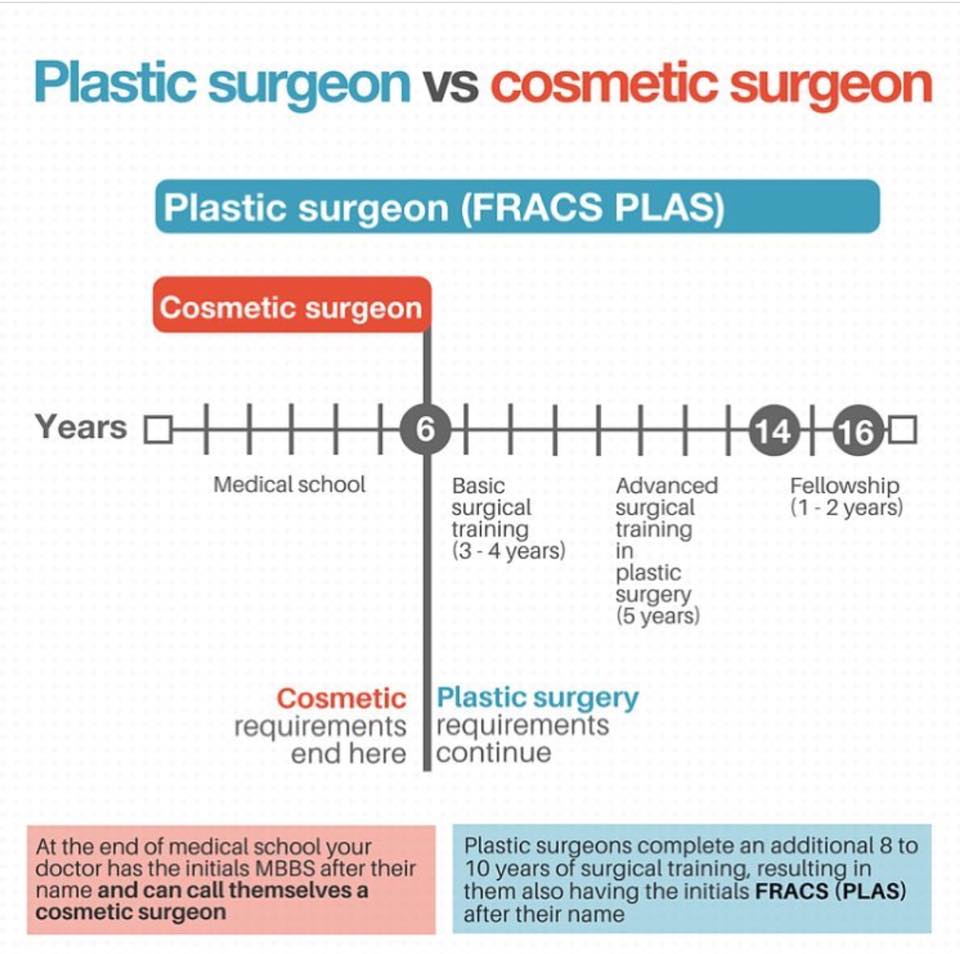More Prevention And Education
More Prevention And Education
Blog Article
Exactly How Does Photodynamic Therapy (PDT) Job?
Photodynamic therapy (PDT) incorporates a light-sensitive medicine with unique light to eliminate malignant and precancerous cells. Your physician places the medication on your skin or inside your eye and afterwards radiates a light on the therapy area.
This mix kills cancerous cells and spares healthy cells. Yale Medication pulmonologist George Eapen, M.D., describes exactly how this works.
The Photosensitizer
Photodynamic treatment (PDT) utilizes a combination of light and a medicine called a photosensitizer to eliminate malignant or precancerous cells and extra healthy tissue. You obtain a shot of the photosensitizer, which is after that triggered by light in your body. The photosensitizer is absorbed by both healthy and balanced and malignant cells however isn't harmful until it is activated by the light.
Light-absorbing particles, referred to as photosensitizers, are discovered in plants and animals, consisting of human beings. There are lots of photosensitizers, but most have the ability to take in a particular range of light wavelengths.
As soon as the photosensitizer is revealed to a light with a matching spectral array, it's transformed from its ground state into an excited singlet state. This allows it to move energy to molecular oxygen, creating singlet oxygen and complimentary radicals that mediate cellular poisoning.
The Light
During treatment, an unique light is radiated on the area where the photosensitizer was used. This light triggers the drug and damages cancer cells or precancerous cells that it has targeted.
The drugs that are made use of in photodynamic therapy have different absorption properties and several of them may take hours to leave normal cells yet stay longer in cancer cells or precancer cells. This process permits the physician to target cancer cells more specifically than other types of therapies that utilize noticeable light, such as lasers or electrocautery [54]
Photodynamic treatment can treat the earliest places of sunlight damage called actinic keratosis and can reduce skin cancer cells advancement in people at high threat for establishing the problem. It is likewise an option for some individuals with wet kind age-related macular degeneration, which is an usual root cause of loss of central vision in older grownups. It can not restore the loss of vision brought on by this illness, yet it can decrease the progression of irregular blood vessel development that causes damp AMD.
The Activation
Photodynamic therapy (PDT) makes use of a medication and light to deal with cancer and various other skin conditions. It targets precancerous cells and eliminates them. Unlike other cancer cells treatments that shed and destroy, this therapy eliminates precancerous cells while sparing healthy and balanced tissue.
The photosensitizer is supplied into the skin via topical, oral or intravenous management. It is absorbed by the lump cells and activated when subjected to light of a specific wavelength. This activates a sequence of photochemical responses that generates reactive oxygen varieties (ROS) that damage lump tissue and eliminate cancer cells.
PDT is frequently utilized to deal with actinic keratoses and in situ squamous cell cancer (Bowen disease). It can likewise be made use of to treat various other types of skin cancer, consisting of superficial basic cell cancer. It can be utilized skin verse medical spa botox beverly hills - laser hair removal medspa and injectables alone or with various other treatments, such as surgical treatment or radiation. It can also reduce tumors in the lungs, enabling surgical procedure or other therapy to be safe and efficient.
The Therapy
PDT works best in little abnormal areas of cells that a light source can reach, such as the skin, eyes, mouth or food pipeline (gullet) and lungs. It is also utilized to deal with precancerous growths, such as actinic keratoses, which are sun-damaged cells that can become cancer cells.
Doctors provide the photosensitizer as a lotion or injection, and after that beam a light on the therapy area. The light ruins the uncommon cells. While healthy cells take in the photosensitizer, it remains much longer in cancerous cells.
After the procedure, your body normally disposes of the dead cells. Clients with lung cancer cells might experience coughing up blood or have a bronchoscopy to remove the lungs of the dead cells. In many cases, your doctors may utilize a bronchoscopy to get rid of the photosensitizer from the lungs as well if it triggers severe signs and symptoms. It is essential to remain inside and make use of sunscreen when you go outside while the photosensitizer is in your system.